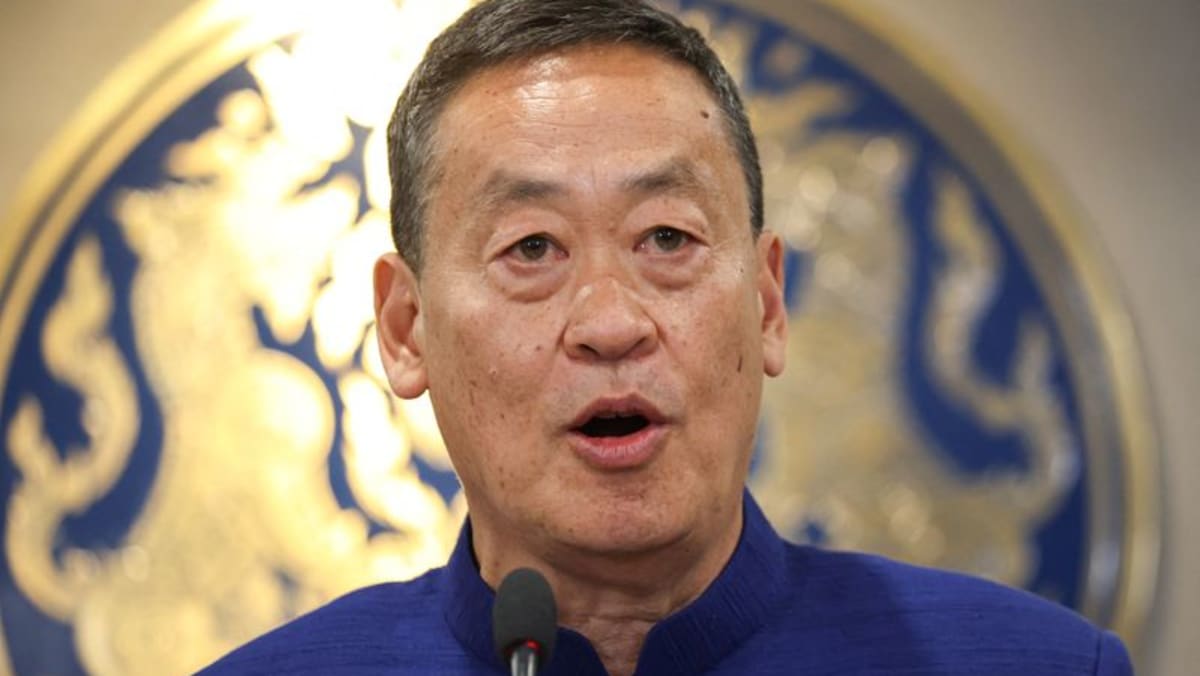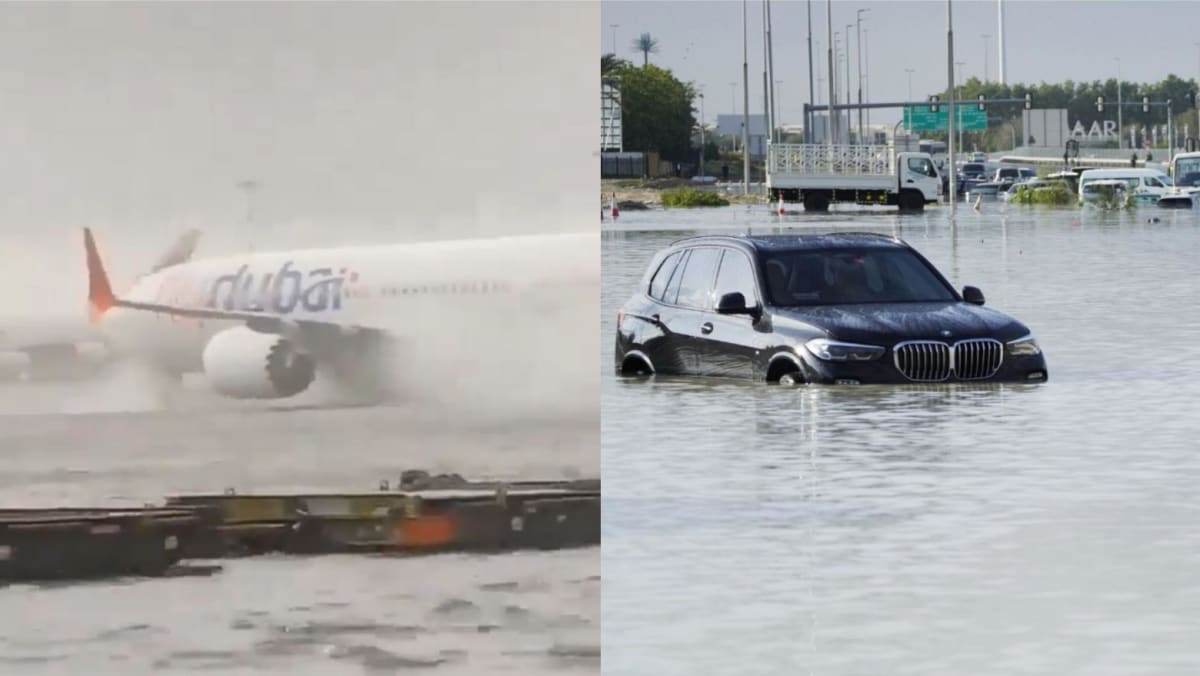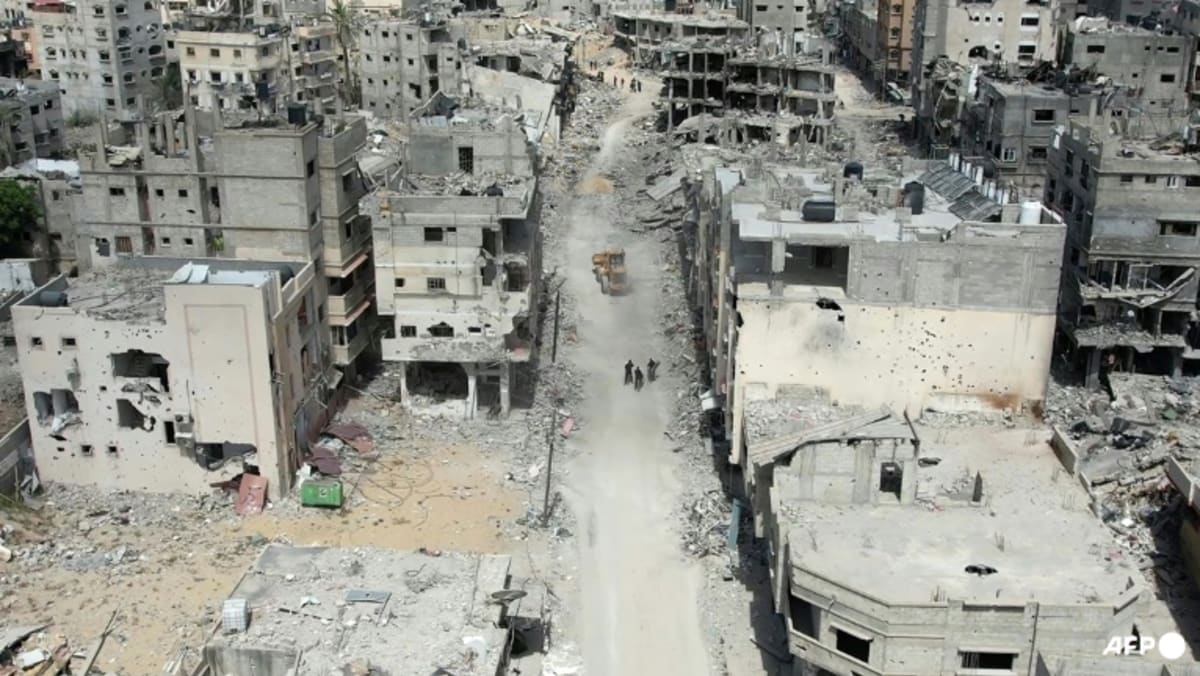The UAE lacks much of the needed drainage infrastructure to handle heavy rain. It is not uncommon for roads to become partially submerged underwater during extended periods of rainfall. It typically only ever rains a few times a year.
The UAE also frequently conducts cloud seeding operations to increase rainfall. A forecaster from the national meteorology centre denied any cloud seeding operations had taken place recently.
Bloomberg earlier quoted the agency as saying seven cloud seeding operations had occurred in the days before the storm.
Climate scientists say that rising global temperatures, driven by man-made climate change, are leading to more extreme weather events, including intense rainfall like the UAE storm.
ROADS BLOCKED, FLIGHTS DISRUPTED
The impact of the heavy rain continued to be felt on Wednesday, with roads blocked and flights severely disrupted.
Kanish Kumar Deb Barman, 39, said he had been stuck at Dubai airport with his wife since around 4am, when his flight landed late from Paris, missing his next flight to Calcutta, in India.
“People are just lying around in the airport. There are not enough seats and chairs to, you know, let them sit. They are sitting on the floor,” he told Reuters on Wednesday afternoon, waiting to board the next available flight.
Some foreign airlines cancelled flights to Dubai.
The government of Dubai ordered schools to continue teaching classes online on Thursday, as emergency workers cleared debris, including trees and balcony furniture, from the streets.
Local media and social media posts showed significant damage across the country, including collapsed roads and flooded homes.













